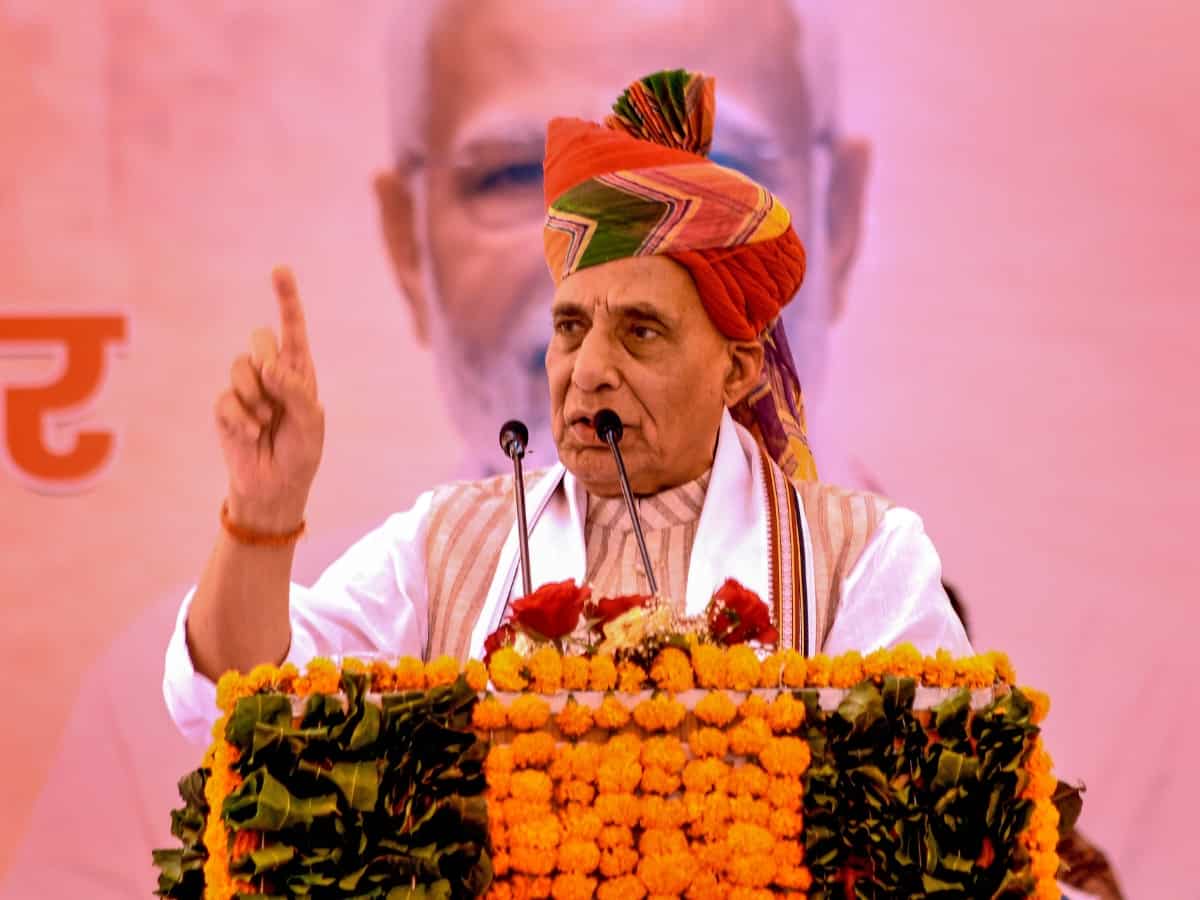SOURCE: PTI

In 1951, an assistant political officer of the erstwhile North East Frontier Agency (NEFA) and the present-day Arunachal Pradesh carried out an audacious operation to bring Tawang under the Indian Union.
Seventy-three years later, a museum of valour has been inaugurated in Tawang in memory of the unsung hero, Major Ralengnao Bob Khathing. The museum was inaugurated virtually by Defence Minster Rajnath Singh on Thursday from Tezpur in Assam as he could not fly to Tawang due to bad weather.
Khathing, who was a Naga from Manipur, was given the order by the then Assam governor Jairamdas Daulatram to march towards Tawang with 200 soldiers of the Assam Rifles and 400 porters on January 17, 1951, from Chariduwar, near Tezpur.
Before World War II, Tawang was under the administrative control of the then independent Tibetan government. Despite several attempts, the British could not annex it.
According to the historical accounts of the NEFA, when Khathing and his men arrived in Tawang, he called a meeting on a high ground near the Tawang Monastery with local tax officials, village elders and prominent people of Tawang.
He used his diplomatic skills to win over the locals and soon realised that the Monpa community was reeling under harsh taxes imposed by the Tibetan administration.
He told the local people about India and its democracy and assured them that India would never impose unjustified taxes on them. Soon, with the Assam Rifles men, Khathing took control of Tawang. The Tricolour was hoisted in Tawang and Bumla, and the area became part of India.
The idea of setting up the museum to honour Khathing, about whom very little is known in the country, was the brainchild of Arunachal Pradesh Chief Minister Pema Khandu.
Arunachal Pradesh Governor Lt Gen (retd) K T Parnaik, Khandu, Union Minister Kiren Rijiju, Manipur Chief Minister N Biren Singh and several state ministers attended the inauguration of the museum on October 31. Khathing’s family members were also present at the function.
Army Chief General Upendra Dwivedi and several top military officers were virtually present along with the defence minister in Tezpur.
At the event, Rajnath Singh also virtually dedicated to the nation ‘Desh ka Vallabh’, a statue of India’s first home minister Sardar Vallabhbhai Patel, at Tawang.
Paying homage to Khathing, Rajnath Singh said he was an extraordinary figure who made invaluable contributions to the northeast region and national security.
“Major Khathing not only led the peaceful integration of Tawang into India but also established essential military and security frameworks, including Sashastra Seema Bal, Nagaland Armed Police, and Naga Regiment,” he said.
Rijiju said due recognition has been given to Khathing, who had been neglected so far.
During his lifetime, Khathing donned many hats. He was a student leader, an Army major, part of the team which brought Hyderabad under the Indian Union, a civil servant, an MLA, a minister in Manipur and India’s ambassador to Myanmar, said Rijiju, the MP from Arunachal West, the Lok Sabha constituency under which Tawang falls.
“I have never seen such a person in history who played so many roles in his lifetime. But unfortunately, the people of the country hardly know about Bob Khathing. Without Bob Khathing, Tawang would not have been part of India,” he said.
Chief Minister Khandu said the inauguration of Major Ralengnao Bob Khathing Museum of Valour is a tribute to the iconic role played by a true son of ‘Maa Bharati’, his bravery and sacrifice.
“This museum will serve as a lasting inspiration for future generations, helping them appreciate the sacrifices and valour that have paved the way for our present,” he said.
Khandu said Khathing’s expedition in 1951 secured Tawang and established Indian administration in this remote region and in a final gift to the country, Sardar Vallabhbhai Patel directed the then Assam governor to take the necessary steps to bring Tawang under Indian administration.
The museum also beautifully showcases the rich culture and heritage of the local Monpa community, along with compelling narratives of the 1962 India-China war.